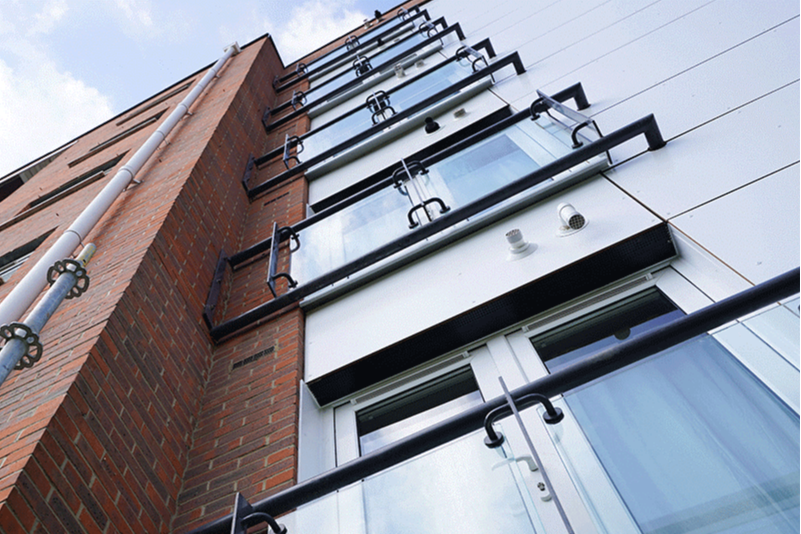Our Fenwick Elliott experts run through the case of Keith Lamming vs Revenue & Customs Commissioners
Facts
This was an appeal against a decision of the Commissioners for HM Revenue and Customs (“HMRC”) to issue a notice of assessment for Value Added Tax (“VAT”) for £19,804 plus interest.Keith Lamming was a building contractor who was approached by an architect to submit a quotation for the construction of a house for the architect's own use. The architect provided a specification for the provision of a new building next to an existing residential dwelling.
Lamming was advised by the architect that he had full planning approval with no conditions. Lamming submitted a quotation and zero-rated the work for VAT on the basis that the building was a new build. However, the planning permission had been only granted for the construction of a building annexed to the existing dwelling.
The building was completed with a doorway between the new building and the existing dwelling, although the doorway remained permanently locked.
The HMRC commissioners held that the building was not a new house but an annexe to the existing dwelling and therefore the building works should have been standard rated.
Issues
Was the building a new building within the terms of the VAT legislation?Held
The building was not a new building within the terms of the VAT legislation. Mr Lamming had been misled by the drawings provided by the architect showing no interconnection between the new building and the existing dwelling, the architect's opinion of the situation and that he did not ask to see a copy of the original planning application.The planning permission made provision for internal access between the new and existing building. In addition, the use of two or more separate dwelling houses of a building previously used as a single dwelling house involved a material change of use pursuant to planning legislation and therefore planning permission for the development was required. However, no such planning permission was required and therefore the new building did not satisfy the VAT legislation as separate use of the dwelling was prohibited.
Comment
This case demonstrates the importance of checking relevant documentation to ensure that the construction is a new build thus attracting zero rating. Reliance on the opinion of others was insufficient in this case.Postscript
Case details:
Keith Lamming vs Revenue & Customs Commissioners (2009) V&DTr TC00022
For more information contact:
Charlene Linneman
Associate
clinneman@fenwickelliott.co.uk
02074211986
www.fenwickelliott.co.uk




























No comments yet